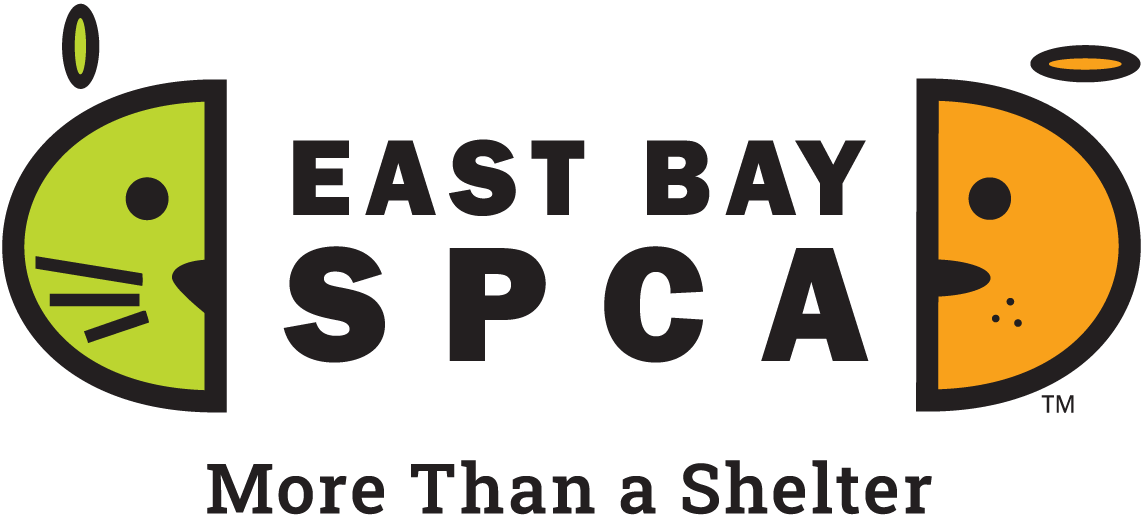Why Foster an Animal with Medical Needs? The Challenge is Worth the Reward.
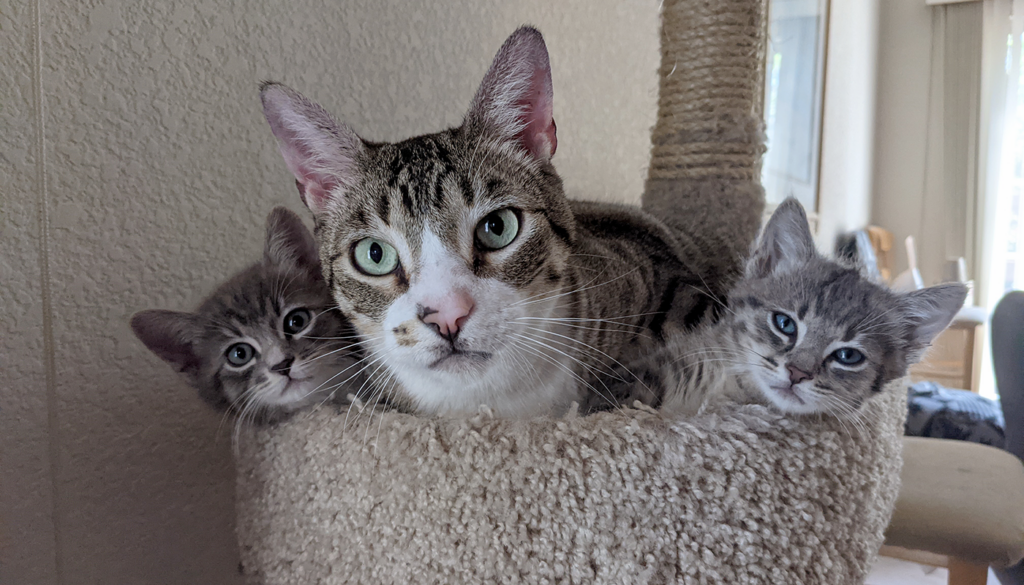
For J, the desire to foster came first. It was a call to action rather than an impulsive decision. Back in 2018, a local shelter made a post about needing fosters due to being overwhelmed with kittens. As an animal lover already sharing her home with three cats, J knew her husband might not be too keen on adding more permanent residents—but fostering? That seemed like the perfect way to help. Little did she know, her very first foster would become a “foster fail,” staying with her forever and cementing her passion for rescue work.
For 7 years now, fostering has endured as J’s way of providing a critical bridge between shelter life and the animals more permanent homes. A place where young animals could grow, heal, and develop their personalities. Her husband, initially hesitant, now sees the beauty in it, embracing their ever-changing roster of tiny house guests.
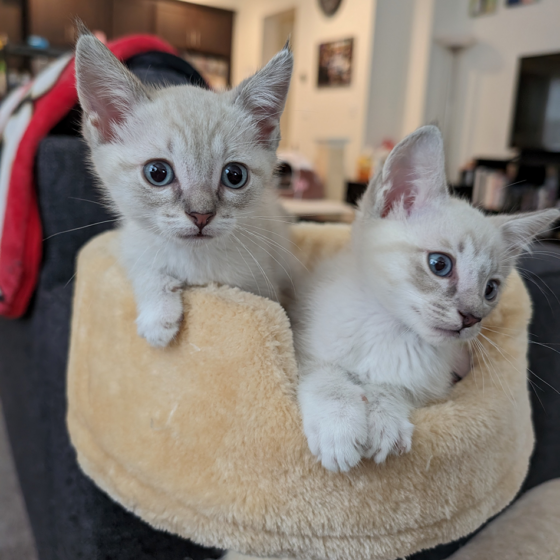
A First Foster to Remember
J’s first foster was an unforgettable one—a little gray-brown tabby with black and white markings and a heart-meltingly sweet disposition. He had suffered a broken pelvis and needed strict bed rest. Despite his pain, he was endlessly affectionate, bonding instantly with J. Perhaps it was fate, or maybe it was because she happened to be wearing a striped shirt that day and the two matched in their patterns. To him, it almost seemed that she was his mother.
She named him Flash, a somewhat ironic name given his initial condition, but one that proved prophetic. The vet warned that he might never run or jump, but Flash defied the odds, healing perfectly. Today, he is a 16-pound force of nature, affectionately called “Boogie” for his mischievous streak. Most importantly, he is a mama’s boy through and through, a constant reminder of why J chose to foster in the first place.
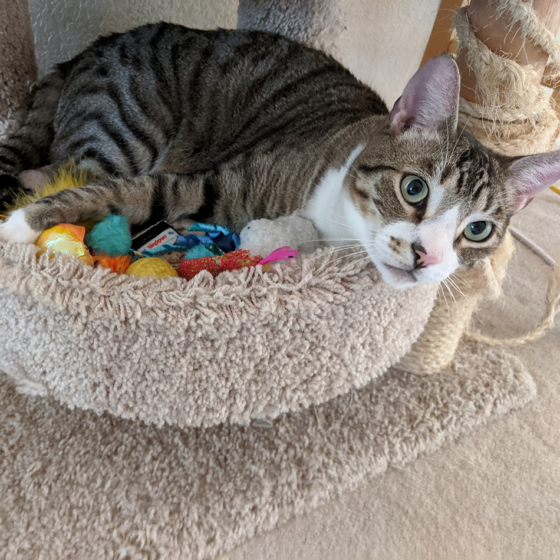
Tackling the Toughest Cases
Over time, J naturally gravitated toward fostering medical cases. Perhaps it was Flash’s journey that set her on this path, but she found herself drawn to the most vulnerable kittens—those with broken bones, nerve damage, severe conjunctivitis, and more. Her toughest case yet involved a litter of six kittens, one of whom tested positive for panleukopenia (panleuk or FPV), a severe and often fatal disease.
Providing intensive care was no easy task—administering subcutaneous fluids, ensuring the kitten ate, figuring out what she would find palatable. Isolation was crucial, but so was comfort. J had to balance medical necessity with the kitten’s need for love and warmth. Compassion fatigue was something to be mindful of, and after successfully nursing the litter back to health, J knew she needed a break and took it. Despite the hardship, she was grateful. Not everyone could take on cases like this, and she was proud to be a resource for these fragile lives.
The tiny panleuk kitten—barely a quarter of a pound at six or seven weeks—never lost her spirit. J remembers the moment she knew she would pull through: after days of weakness, the kitten managed to escape her enclosure, climb the cage, and leap off the bathtub as if to say, “Sooo, you gonna pick me up again?” At that moment, J knew—this one was going to be just fine.
The litter, born on Easter, received “E” names: Ernie, Edward, and more. Three of the kittens (all healthy and ready for homes) went to J’s friends, while the others were quickly adopted, their new lives made possible by J’s dedication.
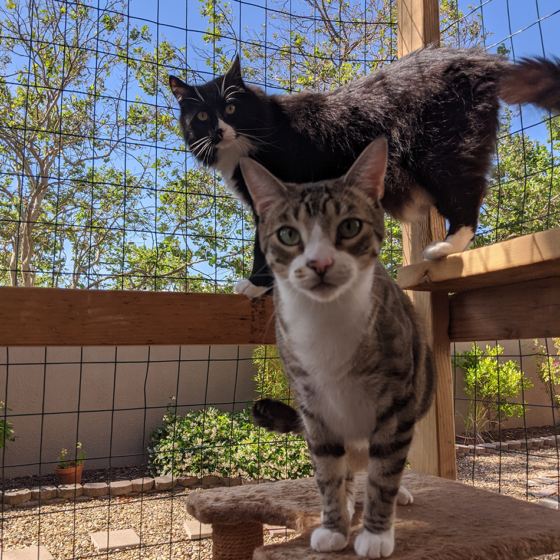
The Unexpected Joys of Fostering
One of the greatest joys of fostering, J discovered, is watching personalities emerge. Some kittens are instant cuddle bugs, while others arrive with a fiery spirit. The surprises never cease:
Of course, fostering comes with its fair share of comments and questions.
“Oh wow, that’s a lot of cats in your house!”
“That’s so amazing of you—I don’t know if I could ever do that.”
“How could you ever give them up?”
Letting go is always the hardest part, especially with single fosters who bond deeply with their human caretakers. But in six years, J has fostered 66 cats and kittens, knowing that each one she helps is given a better chance at a full, happy life.
Her fostering journey led her to deepen her knowledge, volunteering as an Animal Care Volunteer with East Bay SPCA, where she took classes on animal enrichment, behavior, and handling. She learned to read the subtle signs of overstimulation, to redirect spicy kittens, and to guide fearful ones from “Hisses to Kisses.”
A Shift in Perspective
Fostering has changed the way J sees pet ownership. It has taught her the importance of understanding behavior, the subtle signs of illness, and the incredible resilience of animals. She encourages those considering adoption to try fostering first—it’s an eye-opening experience that can help people better understand the commitment involved in pet ownership.
Why Keep Fostering?
At the end of the day, it’s simple: fostering is filled with rewarding moments. The tiny, fuzzy kittens are irresistible. Watching them play, experience new things, and grow into their personalities never gets old.
And then there are the medical cases—the ones who arrive sick, weak, and barely holding on. These are the ones who steal J’s heart the most. Being the first call when a kitten is struggling with a severe upper respiratory infection, watching them transform from frail to thriving—it’s an unparalleled feeling.
Fostering may have started as a way to help without fully committing, but it has become so much more. J’s journey has been filled with challenges, heartbreaks, and immeasurable joy. It all started with a little grey tabby named Flash, and six years later, she wouldn’t change a thing.
